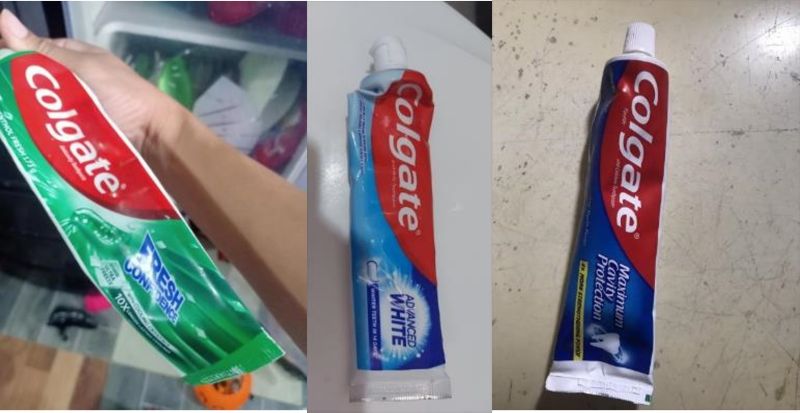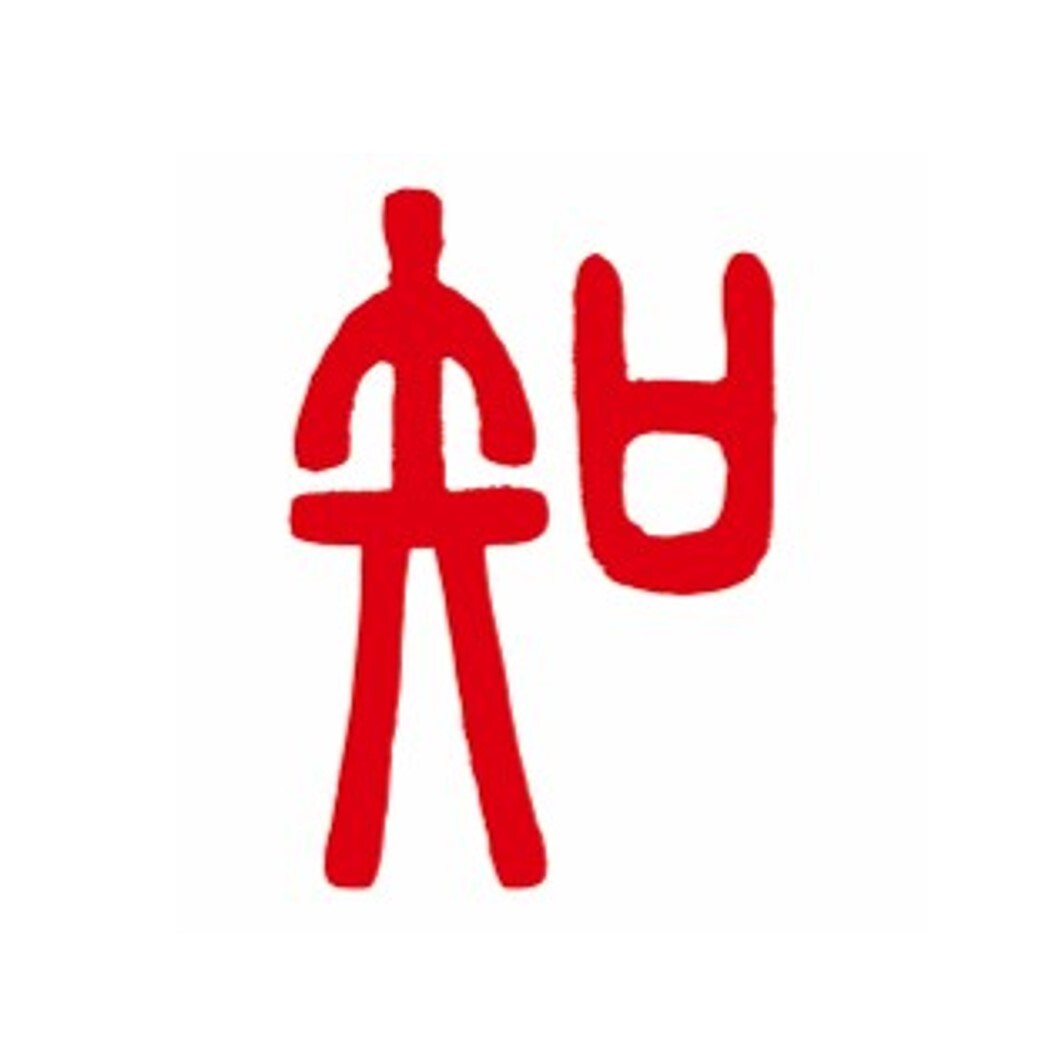Oral care in Southeast Asia: Brush your teeth XX times a day!
- Release date: Apr 17, 2025
- 2500 Views

Although languages and cultures differ, all countries share a common desire to take care of the mouth, which plays an important role in communicating with others. Even so, how and in what situations oral care is practiced seems to differ from country to country. In this issue, we would like to look into the actual oral care practices in Southeast Asia.
Oral care items used in Southeast Asian countries
![Currently used oral care items (partial list) [Base: Men and women aged 18 to 64 in each country]](https://www.global-market-surfer.com/assets/pickup/9k/2mI/en/pickup-2mI.png)
Figure 1: Currently used oral care items (selected items) [base: men and women aged 18-64 in each country]
(Source: Intage Global Viewer (2024))
Brush your teeth at least 4 times a day!
We would like to take a deeper look into the Philippines, where the use of oral care items is high.
Looking at the number of times a day that people brush their teeth, the largest percentage of respondents brush their teeth four or more times a day, and the total of those who brush three or more times a day exceeds 60%.
![Number of times teeth are brushed per day [Base: Filipino men and women aged 18–64]](https://www.global-market-surfer.com/assets/pickup/9k/2tH/en/pickup-2tH.png)
Figure 2: Number of toothbrushes per day [Base: Filipino men and women aged 18-64]
(Source: Intage Global Viewer (2024))
In terms of the timing of brushing their teeth, in addition to the generally considered morning (after waking up and breakfast) and evening (after dinner and before bedtime), more than half of the respondents also brush their teeth after lunch. A certain number of respondents also brush their teeth before going out, suggesting that the habit of brushing their teeth after every meal and before going out leads to a high frequency of brushing.
![Timing of toothbrushing [Base: Filipino men and women aged 18-64]](https://www.global-market-surfer.com/assets/pickup/9k/2mP/en/pickup-2mP.png)
Figure 3: Timing of toothbrushing [base: Filipino men and women aged 18-64]
(Source: Intage Global Viewer (2024))
What products are used?
So what toothpaste products are being used?
According to Intage's Consumer Life Panorama database, Colgate toothpastes stand out in the Philippines, with many products having basic functions such as Fresh (coolness), White (whiteness), and Cavity Protection (cavity protection). Many of the products have basic functions such as Fresh, White, and Cavity Protection.
On the other hand, in Thailand, where the market is more developed than in the Philippines, products with a wide range of functions and ingredients such as fluoride, vitamin C, xylitol, organic, and children's products can be found. Compared to Thailand, the Philippines seems to have less segmented needs.

Figure 4: Toothpaste used by Filipinos, with a large number of Colgate toothpaste products, mainly focusing on basic functional claims such as Fresh (coolness),
White (whiteness), and Cavity Protection (cavity protection).
(Source: Intage Consumer Life Panorama)

Figure 5: Toothpaste used by Thai residents. The functional effects vary widely, including organic (first from left), xylitol/vitamin C (second from left),
fluoride (third from left), and children's and herbal ingredients (fourth from left).
(Source: Intage Consumer Life Panorama)
The key is to be able to recognize the diversity of needs.
Among Southeast Asian countries, Filipinos were found to have distinctive oral care habits, such as brushing their teeth more frequently. However, their needs for tooth brushing do not seem to have been segmented yet. As the economy develops and the standard of living rises, it is highly likely that needs will become more diverse. We believe that gaining a deeper understanding of consumers and grasping their needs will provide hints for market entry.
What is Global Viewer?
This service provides reports tailored to your issues using questionnaire data on various actual conditions and attitudes of sei-katsu-sha in 11 countries (Asia and US) stocked by INTAGE.
The service covers 400 items, including actual behavior and awareness, values, and information contact related to various product and service categories (*).
Examples of categories:
Food and beverages, personal care/cosmetics, house hold care, childcare/nursing care, mobility, home appliances, smart home, housing, entertainment content (games, music, etc.), finance, insurance, travel (to Japan), online services, etc.
In addition to country-specific comparative analysis as described in this article In addition to the country-by-country comparative analysis described in this article, it is also possible to analyze by attribute (sex, age, income, etc.) for a single country.
For details, click here.
What is Consumer Life Panorama?
-

Author profile
Wataru Kashima
Researcher in the field of daily necessities. When she was a student, she studied abroad in Canada and experienced a local internship. Impressed by Japanese companies' products that are integrated into people's daily lives even in foreign countries, she joined Intage, which can provide support for global expansion.
Born in Kansai. Enjoys visiting ramen noodle shops. -

Editor profile
Risa Takahama
After working in marketing research support for Japanese FMCG manufacturers (cosmetics, baby products, food and beverages, etc.) in Asia, Europe, and the United States, from 2019, in her current position, she develops solutions for overseas marketing research for Japanese companies and conducts seminars and other outward communications.
Since the birth of her child, her greatest concern is how to maintain the physical and mental health of her family and herself, and she has been experimenting with various goods and services.
 Global Market Surfer
Global Market Surfer CLP
CLP